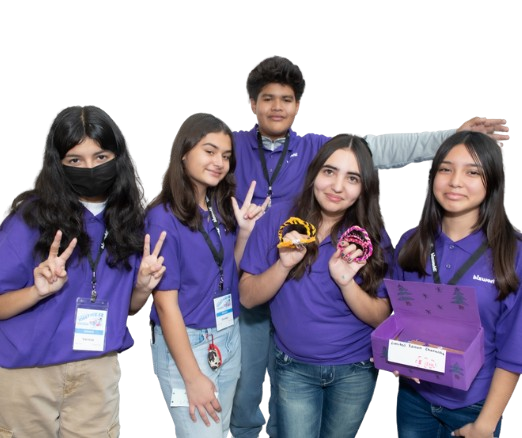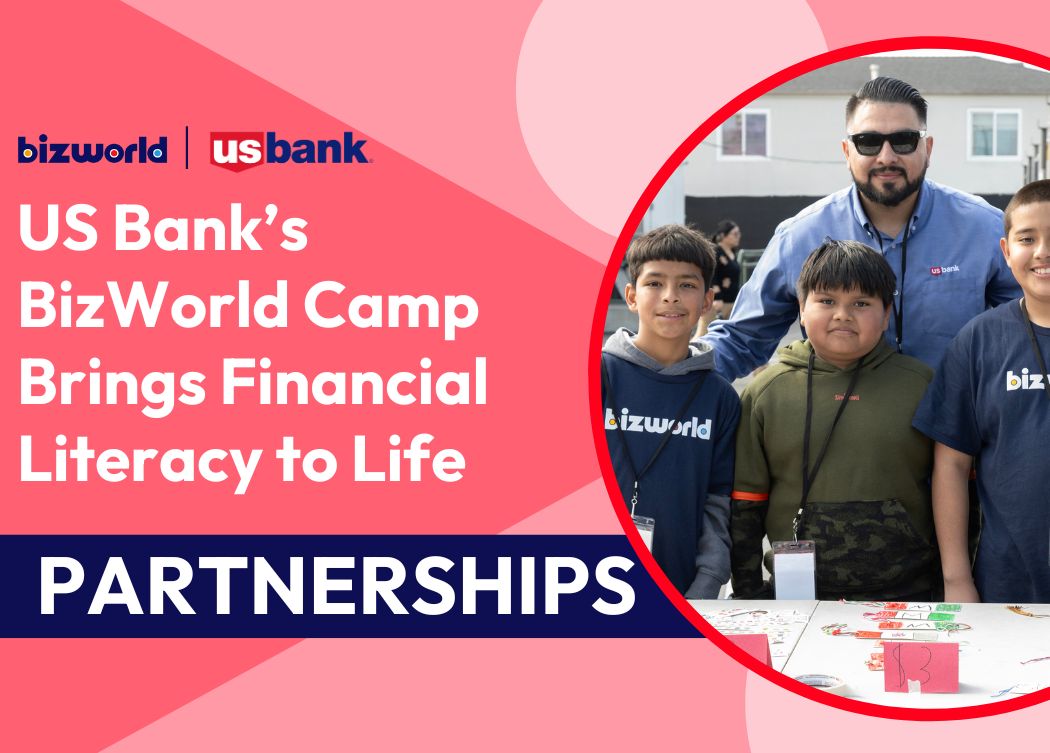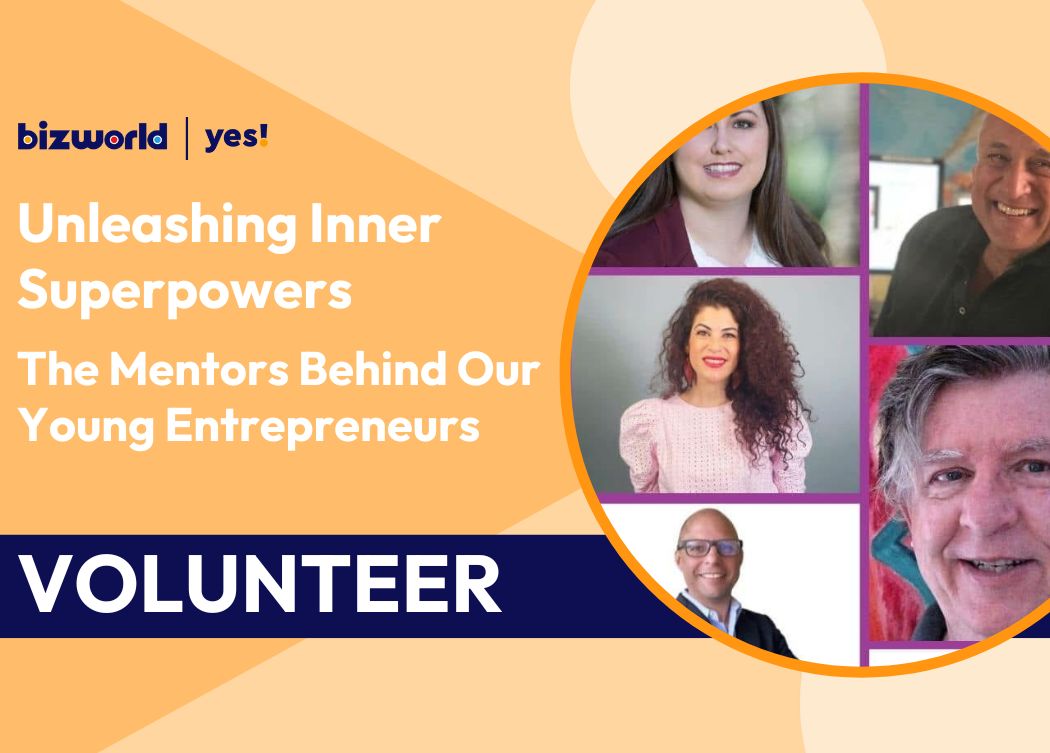
How Trina Celeste Limpert Is Opening Doors in Tech for Women Everywhere 💐 Mother’s Day Spotlight
What if the path to your dream career started with wrecking your car? That’s how Trina Limpert’s incredible journey began… One fateful day after having to ride her bike to her part-time job sliding around the greasy floors of a fast food joint, she realized she was meant for something more. Today, Trina is a tech powerhouse, the founder of Tech Moms, founder of RizeNext Corp, a bestselling author, and Utah Business’s Most Influential Woman of 2024. This Mother’s Day, we’re celebrating women like Trina—moms, mentors, and entrepreneurs—who are redefining success and creating new opportunities for the next generation. ✨ “Every job is a tech job now. Hands down, you need to know tech.” – Trina Limpert From Farm Girl to Tech Executive Trina grew up one of ten kids on a rural farm, chasing goats and dreaming big. But it wasn’t until a crash course in Pascal programming (a now-extinct coding language!) that her passion for technology ignited. From there, she blazed a trail through roles at Novell, eBay, and Oracle—designing, marketing, and leading global teams in enterprise software. Despite all her success, one thing kept bothering her: Why weren’t more women in tech? Turning Anger into Action 🔥 “I started Tech Moms out of anger. I was tired of hearing ‘Women just don’t go into tech.’” Trina saw a massive disconnect. While companies were hiring talent from overseas, highly educated women in her own neighborhood were being overlooked. She decided to change that. Since launching Tech Moms, Trina and her co-founders have trained over 700 women, helping them transition into high-paying, flexible tech jobs. Graduates see an average pay increase of 42%—that’s life-changing impact. 💡 Calling all young innovators!Are you ready to explore your purpose and build the future you want to see?👉 Join the YES! Program – our no-cost-to-youth entrepreneurship program designed to give you real-world experience and mentorship from leaders like Trina. Finding Your Spark Whether you’re 15 or 50, Trina believes your purpose is already inside you—it’s just waiting to be uncovered. 🧠 “Think back: What toys did you love as a kid? That’s your spark.” She built motorized cars for her Barbies using an erector set. Today, she builds programs that drive women’s careers forward. Whether it’s engineering, coding, or quilting (yes, quilting!), Trina’s message is clear: 🌟 “You’re more powerful than you think you are. Don’t let anyone put you in a box.” Speaking Up & Showing Up Trina’s story reminds us that our differences are our strengths. As the only woman in many of her tech classes and corporate teams, she often had to speak up—even when it was uncomfortable. But when she did, magic happened. 🎙️ “I raised my hand and shared an idea. They said, ‘Why didn’t we think of that?’ That was the moment I realized I belong.” To every girl who’s felt out of place in STEAM (science, technology, engineering, arts and math), to every mom returning to work, and to every young entrepreneur with a dream: 💥 You belong. And the world needs your voice. Inspired? Here’s How You Can Get Involved: 🌱 For Youth (Ages 16-22):Discover your spark, learn real business skills, and get mentored by leaders like Trina.👉 Sign up for the YES! Program 🤝 For Adults:You can help shape the next generation of changemakers. Whether you’re a tech expert, entrepreneur, or someone who believes in the power of youth…👉 Become a Mentor | Donate to Support Youth Entrepreneurship Trina’s Final Words of Wisdom 💬 “Get really clear on the problem you want to solve. Then go figure out how to solve it. That’s where your journey starts.” This Mother’s Day, we honor all the moms—and all the women—who are building businesses, breaking barriers, and blazing trails for future generations. Are you ready to help unleash the innovative genius inside the next generation of entrepreneurs? Learn more about becoming a BizWorld mentor and making a lasting impact on young innovators.










